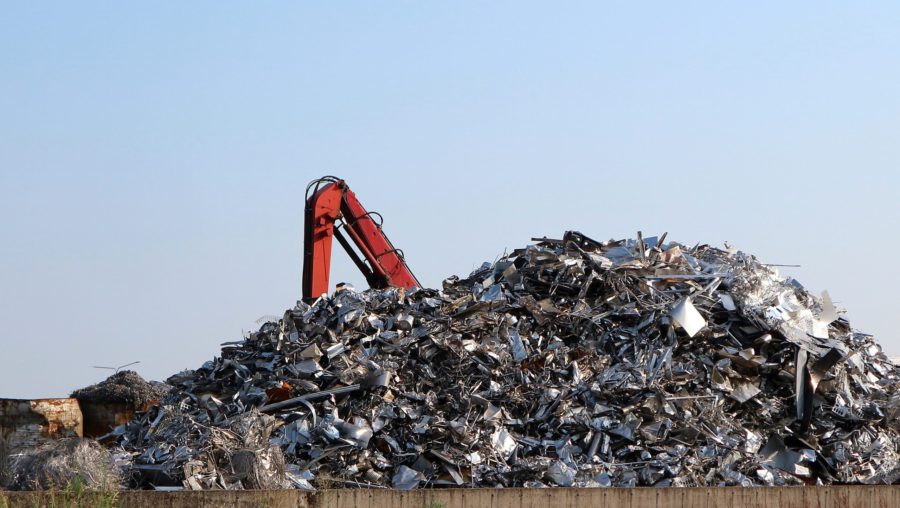Why investors aren’t biting on a BC oil refinery
Newspaper baron David Black, who is proposing to build a large oil-refinery in Kitimat, is reportedly puzzled by the lack of interest by potential Canadian investors. The answer to his puzzlement is fairly straightforward: in free (and even free-ish) markets, capital flows to its most efficient use. Compared to gains that can be had from new oil production, expected gains from new refineries are scant these days.
Most of the growth in Canada’s oil production will come from continued expansion in the capacity to produce raw, and in some cases upgraded, bitumen from the Alberta oil sands. This requires tremendous amounts of capital including the additional cost of implementing new technologies to reduce on-site natural gas consumption and to mitigate environmental impacts. Oil refineries, which also require large amounts of capital, offer only limited profit margins and therefore, aren’t very attractive to investors at this point. It’s simple competitiveness.
Mr. Black’s opinion that shipping refined petroleum products from our shores instead of crude oil is preferable because gasoline and other refinery products are less costly to cleanup in the event of a spill makes sense. And yes, countries such as China and India will be consuming increasing volumes of gasoline, diesel fuel and other refined petroleum products. Further, Canadian producers will have oodles of crude oil to supply any refineries that might be built on the west coast. However, basic economic considerations suggest that oil sands producers will avoid investing in refineries on either the west or east coast.
First, there is the matter of price. Western crude oil exports are heavily discounted because of excess supplies and quality differentials in the U.S. midcontinent region where the West Texas Intermediate oil price marker that drives the price of most Canadian crude oil shipments to U.S. refineries is set. In fact there is a ‘double’ discount because WTI has been trading at substantially lower levels than other leading oil price markers such as that for Brent (North Sea) crudes.
Although plans are underway to increase the limited pipeline capacity available to ship oil from Cushing Oklahoma to the U.S. Gulf Coast, growth in indigenous supply sources, including both bitumen from the oil sands and production from oil shale will probably prevent western Canada crudes from achieving world prices. That is, producers selling crude oil to refineries on the west coast would unlikely be able to make the same profit as they could from exporting to growing markets in Asia, despite the greater transportation costs.
Second, oil refineries are not only complex and costly, but need to be tuned, technically, to refined petroleum product specifications (e.g. for gasoline and diesel fuel) which are subject to changes in environmental policy. This means investors in refineries face risks from changes in product specifications in the targeted market(s). Stringent environmental regulations also make it very expensive to build and operate refineries in North America. By remaining focused on crude oil exports and establishing supply relationships with oil refineries in a number of Asian Pacific countries, Canada’s oil producers can avoid the risks surrounding oil refinery ventures here.
Finally, the largest petroleum producers – those with sufficient financial strength and flexibility to invest in oil refineries as well as new oil production facilities – have other objectives. The large Canadian oil companies, such Suncor Inc. and Canadian Natural Resources Ltd., plan to continue to develop their oil sands production capacity, the highly specialized business that they know best. Foreign-owned oil companies heavily involved in the Alberta oil sands have similar plans. Moreover, some of them (including Conoco-Phillips, Exxon and Shell), have plans to develop huge, costly LNG export facilities on the BC coast. This suggests they don’t regard investment in new Canadian oil refineries to be attractive relative to other investment opportunities.
If Mr. Black can secure the necessary financing and long-term purchase commitments from oil product distributors overseas and builds the refinery, he will likely be able to purchase the necessary feedstock from western Canadian oil producers. This assumes, however, that pipelines or other means are put in place to transport the required crude oil from Alberta to the refinery and that the producers are unable to market their oil to refineries in the Asia Pacific where they can realize higher prices. But Mr. Black cannot count on the producers to participate in his project.
Gerry Angevine is an economist and Fraser Institute Senior Fellow.
gerry.angevine@fraserinstitute.org
{{ commodity.name }}
{{ post.title }}
{{ post.date }}

Comments